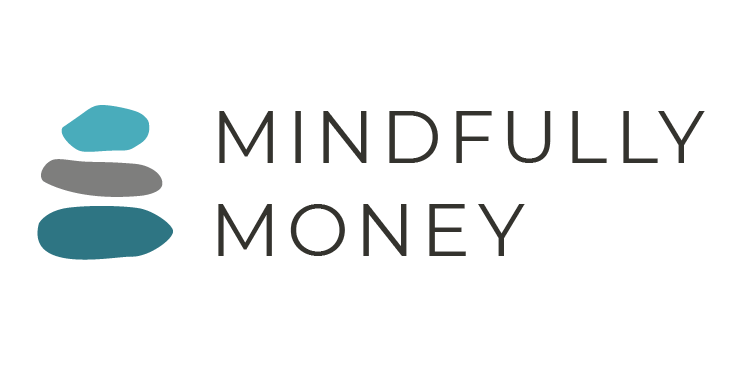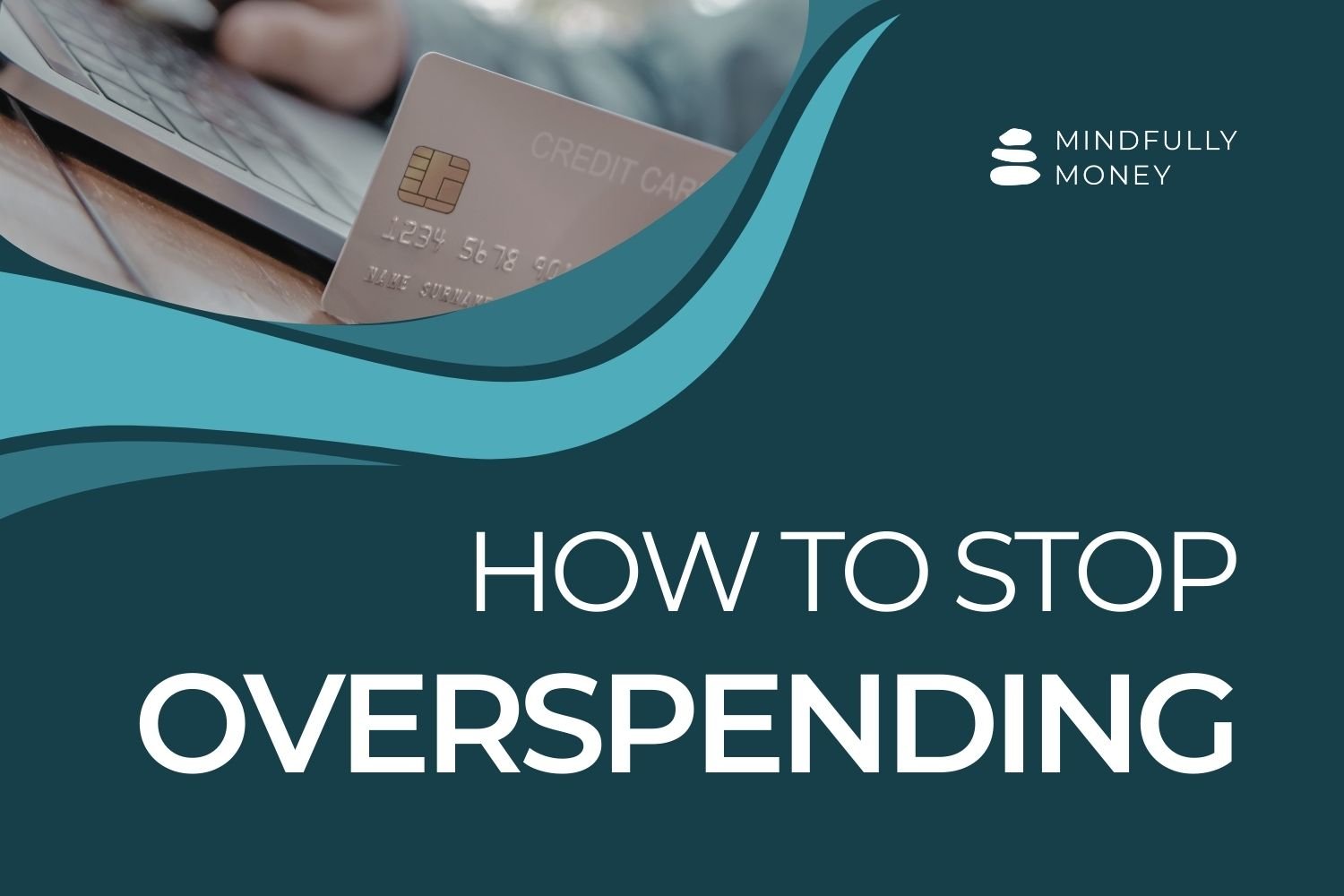Budgeting for Beginners Part 2: Tell Your Money Where to Go
This article is Part 2 in the series “Budgeting for Beginners”. Read Part 1 here.
Pin for later!
Learning how to budget effectively starts with having the right budgeting mindset and figuring out where your money is going (see Budgeting for Beginners Part 1).
Now that you’ve established where your money went, it’s time to figure out where you want it to go. I have a sneaking suspicion that if you are reading this, your money is not currently going where you want it to go.
Much of the personal finance advice online ends up shaming you for buying too many lattes or shoes. It tells you to give up your avocado toast and all of the things that bring you joy. Money experts are constantly highlighting the amount of money you could save if only you gave up _____. But here’s the thing: being cheap or frugal isn’t going to get you to where you want to be in life.
What I want for you is not a life where you have to be extra cautious with every dollar you have. Instead, my dream is that you can make smart and intentional decisions with your money so that you can spend on the things that make you happy without feeling guilty or anxious.
The way to do that is to identify those things that are important and spend freely on them while cutting out all the things that you don’t actually care about. All of those things you buy out of habit or sign up for because that’s what you’re supposed to do—those are the things you give up.
Ultimately, smart money management means that you are saving for the future and for your personal goals, paying your bills, and then spending what’s left in whatever way you want.
Figure out what’s important to you
The first step to telling your money where to go is to figure out what is important to you. This is a process that will take some time and reflection, and will likely evolve over time. The steps themselves are simple and straightforward, but actually figuring out what is important might not be so easy. Go through the steps below, have lots of conversations if you’re doing this with a partner, and give yourself some time to journal or think about what you want your life to be like.
This process will help you focus on living the life you want to live rather than constantly feeling one step behind and wondering what happened to your money each month.
Start by identifying your larger values. You can find many lists of values online, or you can sign up to get my free values worksheet that includes specific questions and instructions to guide you through the process. By the end of this process, you should have identified your top 5 values (as a couple if you have a partner) and have a good idea of specifically what those values mean to you (and your partner).
Compare your expenses to your values
Next, go back through your expenses and look at how where your money went compares to what you’ve said is important.
For example, you might discover that your family is really important, but that your job is keeping you from spending time with them. Or you might decide that travel and adventure are important, but all of your money is tied up in a giant house that you can barely afford.
Don’t worry right now if you are uncovering disparities between your expenses and your values that seem unfixable. Don’t let those feelings of doubt and overwhelm tell you that you shouldn’t do this exercise because you’ll never get to where you want to go. Keep going!
One way to do this is to print your expenses and take a highlighter or colored pens and categorize your expenses according to how important they are, how happy they make you feel, and whether they are contributing to your values. Put your expenses into three categories:
Expenses that make you happy and/or contribute to your life goals and values.
Expenses that don’t make you happy and/or contribute to your life goals and values, but are necessary living expenses.
Expenses that don’t make you happy and/or contribute to your life goals and values and that you would be willing to eliminate.
Another option would be to ask yourself (and discuss with your partner if you have one) the following questions:
What are you currently spending money on that makes you happy and contributes to the life you want to live?
What are some things that you are NOT spending money on or saving for that you would like to?
What are some expenses that don’t make you happy or contribute to your values and goals?
Come up with a plan
Come up with a list of things you can do to spend or save more money in areas that make you happy and contribute to your life values and goals.
Are there expenses you can cut?
Are there expenses you can reduce?
Can you set up a savings account (or subaccount) specifically for a goal that you have? When we think about whether or not we should buy something, so often we think about it in a vacuum—it is simply a question of whether that item is something we want or need. Instead, I encourage you to think about the opportunity cost of buying that item. If you buy it, what are you giving up? What won’t you be able to do or buy? Most of us have to make choices about our resources. You probably won’t be able to get everything you want, but it is possible to get some of the things you want if you put all of your resources toward it.
Pay yourself first
Paying yourself first is a financial strategy that prioritizes saving for your goals and spending on what’s important over all of the random, discretionary expenses you have. Each month or pay period, you send some money to your savings account(s) for whatever your financial goals are, whether it is retirement, a child’s college fund, a new home, a wedding, a vacation, or whatever else. Make sure that you have enough to cover your regular living expenses, and then spend anything left on whatever you want.
Sometimes this process takes a little bit of working the numbers to make sure you’re prioritizing the right things while still having enough for living expenses. That’s why it’s so important to have gone through your expenses in step 2.
Automate
Then set up automatic transfers to your savings account(s). Automating the process removes any responsibility you have of doing it each month and can help lower the temptation to spend the money instead.
Be intentional
The important thing to remember is that life is about choices. You have a finite amount of time, money, and energy. Where and how will you spend it? You may not be able to have everything you want, but with a little intentionality, you might be able to get the things that are most important.












